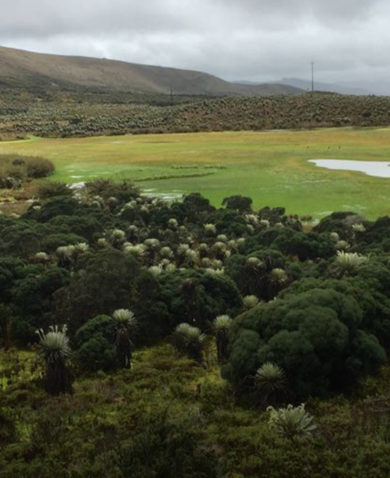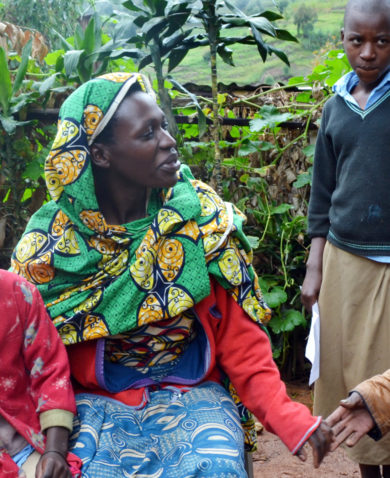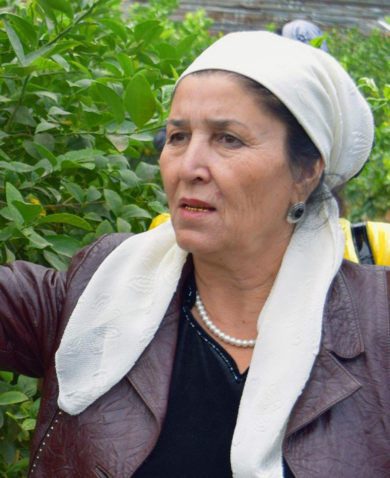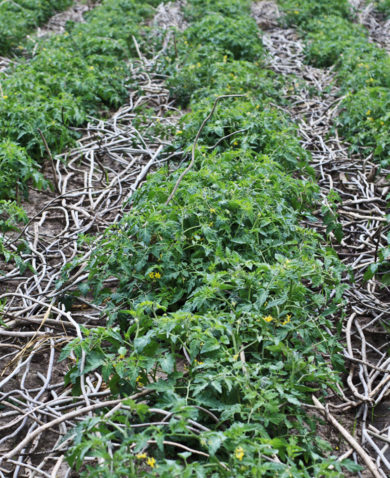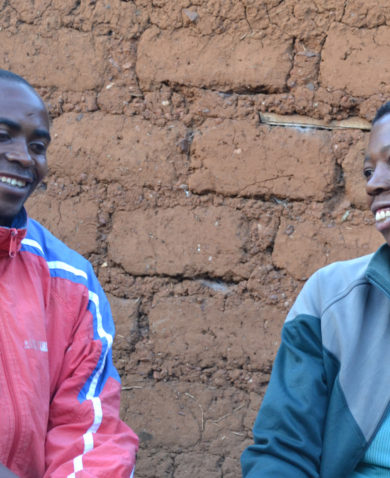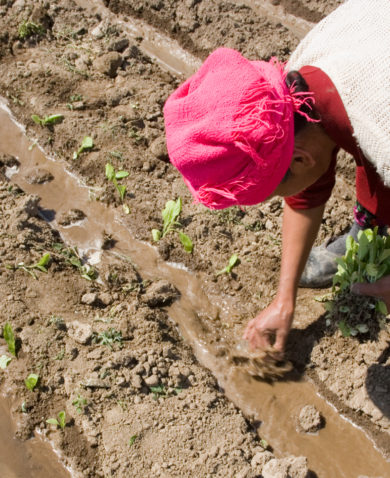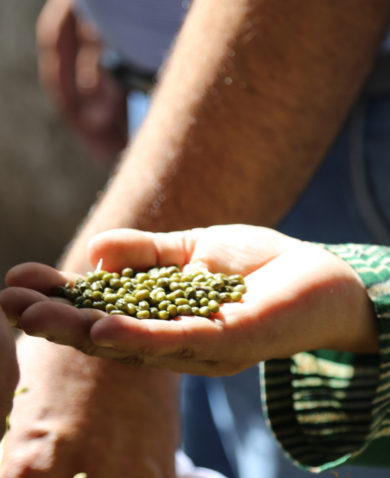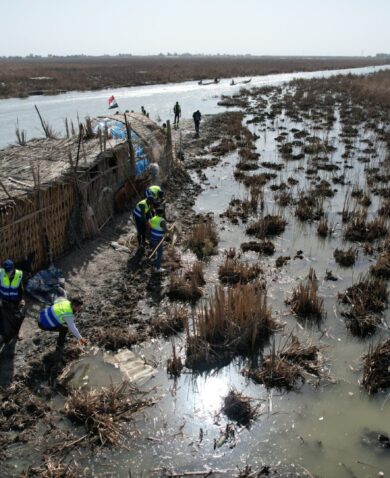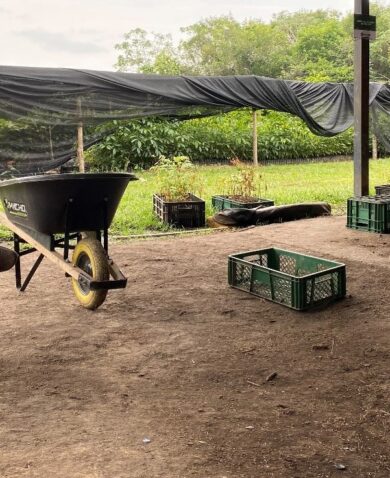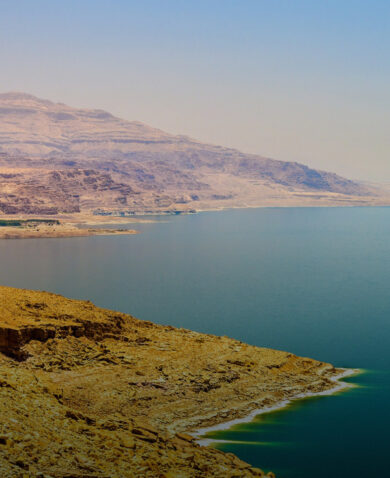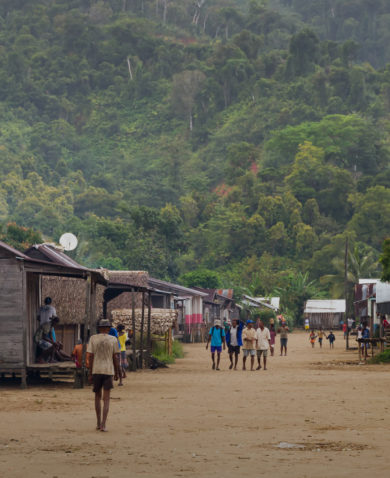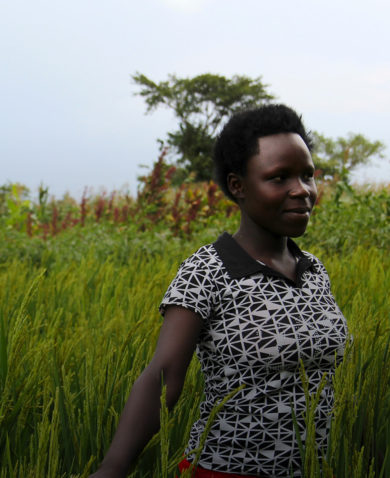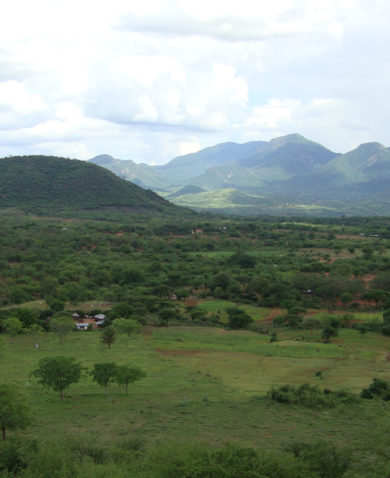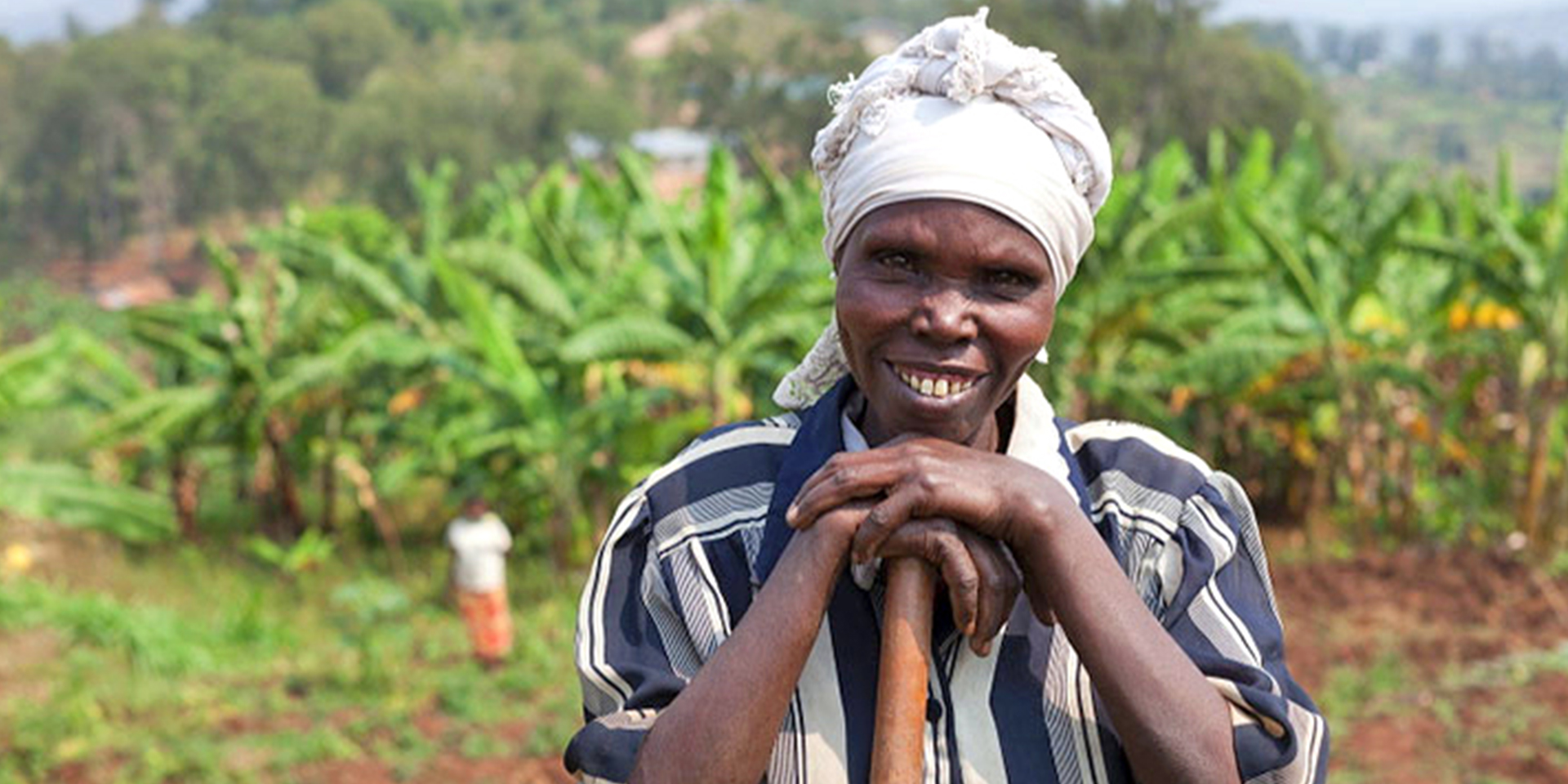
Is “Secure Enough” Good Enough for Land Tenure? A Case Study from Rwanda
March 20, 2017 | 4 Minute ReadDoes land tenure need to be completely secure, or can it simply be secure enough? Michael Brown and Ailey Kaiser Hughes explain in their new paper on land tenure in Rwanda.
What is “secure enough” tenure?
The concept of “secure enough” tenure has been discussed in the context of humanitarian and post-disaster programming and increasingly through donor initiatives. In our new paper, we adopt the following definition of secure enough tenure, established by USAID: “[T]he benchmark of tenure security [is] when rights to land and natural resources are not arbitrarily contested by the state, private entities, or others and that people have incentives to invest and reap the benefits of their investments.” Under this definition, the formalization of land rights is not always the ultimate objective, but rather one component of an approach whereby secure enough tenure supports participation in economic development, while mitigating against the loss of land rights and access in an ever-changing global economy and environment.
Why is secure enough tenure a useful concept?
Security of tenure cannot be measured directly and is largely a result of perception. While useful for the inclusion of customary tenure and institutions in considerations of tenure security, the concept of secure enough tenure is profoundly subjective. If the boundaries for establishing secure enough tenure are overly lax, the concept has little meaning — too many cases may be accepted as secure enough when they are not. If the bar is set too high, few cases may qualify. Furthermore, there is a range of possibilities for interpretation and negotiation around what constitutes secure enough tenure.
Despite the challenges associated with the secure enough tenure framework, it is very useful for situations in which formal and informal tenure systems operate simultaneously. We argue that it is also useful in situations in which the state’s visions for agricultural and national development are not in perfect harmony with social and economic realities, as our evidence shows to be the case with land tenure in Rwanda.
Case study: Is land tenure secure enough in rural Rwanda?
In Rwanda, most households depend on land and agriculture for their livelihoods. Low agricultural productivity remains a challenge due to land scarcity and agricultural intensification strategies that have exhausted the country’s natural resources. Following the Rwandan genocide, the government of Rwanda established a vision for the country’s development based on registration of land rights and agricultural transformation. The Crop Intensification Program (CIP), Land Use Consolidation (LUC), and Article 30 of the 2013 Land Law restricting land subdivision were key.
While increasing yields of select crops, the CIP and LUC have been linked to reduced decision-making authority over land and, in some cases, decreased tenure security for participating landowners. Similarly, preliminary evidence suggests that Article 30, which rests on the assumption that agricultural parcels smaller than one hectare are unproductive, may force farmers into informality rather than successfully preventing subdivision.
Our paper, Is Land Tenure “Secure Enough” in Rural Rwanda? prepared for the World Bank Conference on Land and Poverty, draws on a literature review and original research conducted in Rwanda under the USAID Rwanda LAND project and applies a secure enough tenure framework to assess how land tenure security and agricultural outcomes may be improved for rural landowners while also contributing to the government of Rwanda’s ambitious vision for agricultural development.
Our analysis explores whether tenure in Rwanda is secure enough for landowners to invest in their land and recommends opportunities for future improvement. Given demographic and economic pressures facing the country, the government of Rwanda seeks a technical solution to the challenge of producing enough food to feed its population, enabling a shift from an agrarian to a more urbanized, mixed economy. However, to ensure that landowners feel secure enough to invest in their land, recognition of the realities of parcel size, demographics, and culture is key. So, too, is maintaining the benefits achieved through the Land Tenure Regularization Program (LTRP), which resulted in increased tenure security for female and male landowners in Rwanda.
Informal subdivisions and transfers associated with implementation of Article 30 of the 2013 Land Law also have implications for the sustainability of the LTRP and the Land Administration Information System (LAIS), Rwanda’s database for land parcel information. Because of these restrictions and other barriers to registration, many land transfers in rural areas remain informal. A World Bank study found that 47 percent of transfers for newly acquired land have not been registered, which may be due to high registration fees, but also to lack of awareness of regulations and restrictions on subdivisions, confirming the Rwanda LAND project’s own findings.
Nonetheless, evidence shows that tenure for even informal landowners is currently secure enough to facilitate their investment in land. When perception of tenure security is high — as in Rwanda, regardless of whether the landowner holds a title certificate — landowners are still likely to invest labor and capital to improve and maintain their land. Indeed, investment in soil conservation — particularly among women — increased following the LTRP.
However, emerging threats to tenure security may have consequences for household investments in agriculture, should landowners’ perceptions change. When perception of tenure security is low, investment and productivity decrease. If the Land Administration Information System is not maintained, the benefits of the LTRP and the value placed in registration may diminish as actual land ownership is not reflected in the registry. Over time this will erode security. At the same time, increasing competition over land from other farmers, international investors, and even the government of Rwanda could compound threats to tenure security associated with land disputes and expropriations for those landowners that have not registered their rights. Were this to happen, perceptions of land tenure security could decrease to the point whereby tenure is no longer secure enough for households to optimize investment in agriculture.
Conclusion
We argue that while the LTRP markedly increased land tenure security for women and men in Rwanda, agricultural policies designed to transform the agricultural sector have produced emerging threats to tenure security with potential implications for future economic development and even stability. Using the frame of secure enough tenure, we recommend that the government of Rwanda consider enabling rural landowners to progressively formalize their land, while allowing for the continuation of customary practices (such as the inheritance practice of umunani) that represent cultural values and respond to immediate livelihood security and economic needs. Doing so may help maintain the great wins in economic development and stability already made by the country, while maintaining progress toward the government of Rwanda’s vision for development.
Read the full paper, Is Land Tenure “Secure Enough” in Rural Rwanda? for more information and a full list of references.









